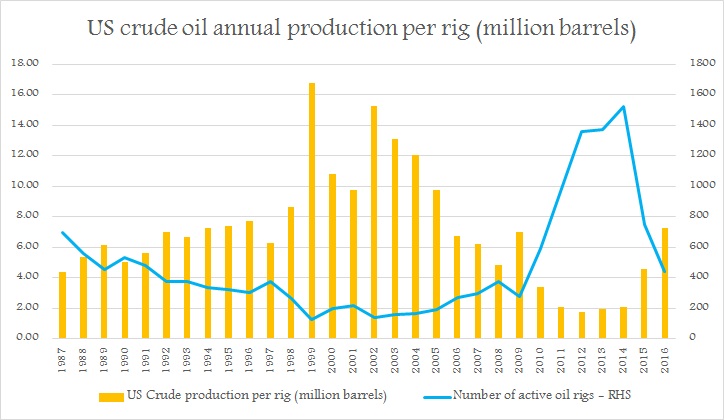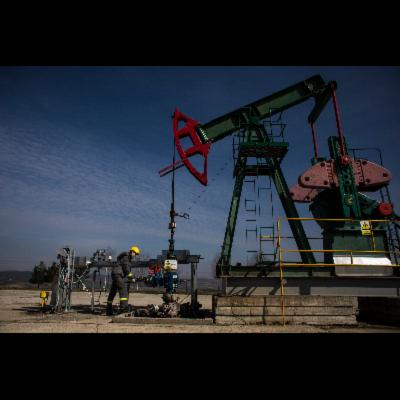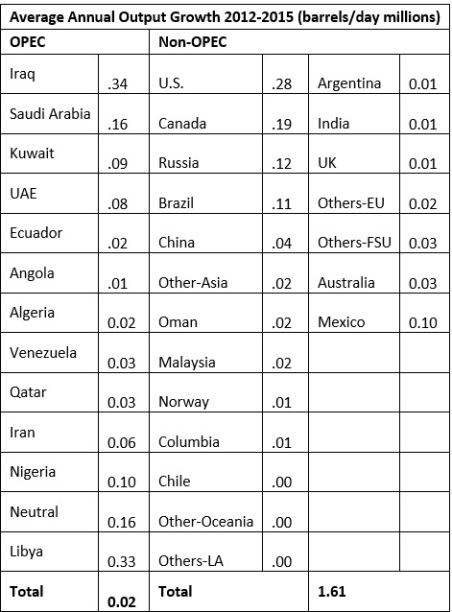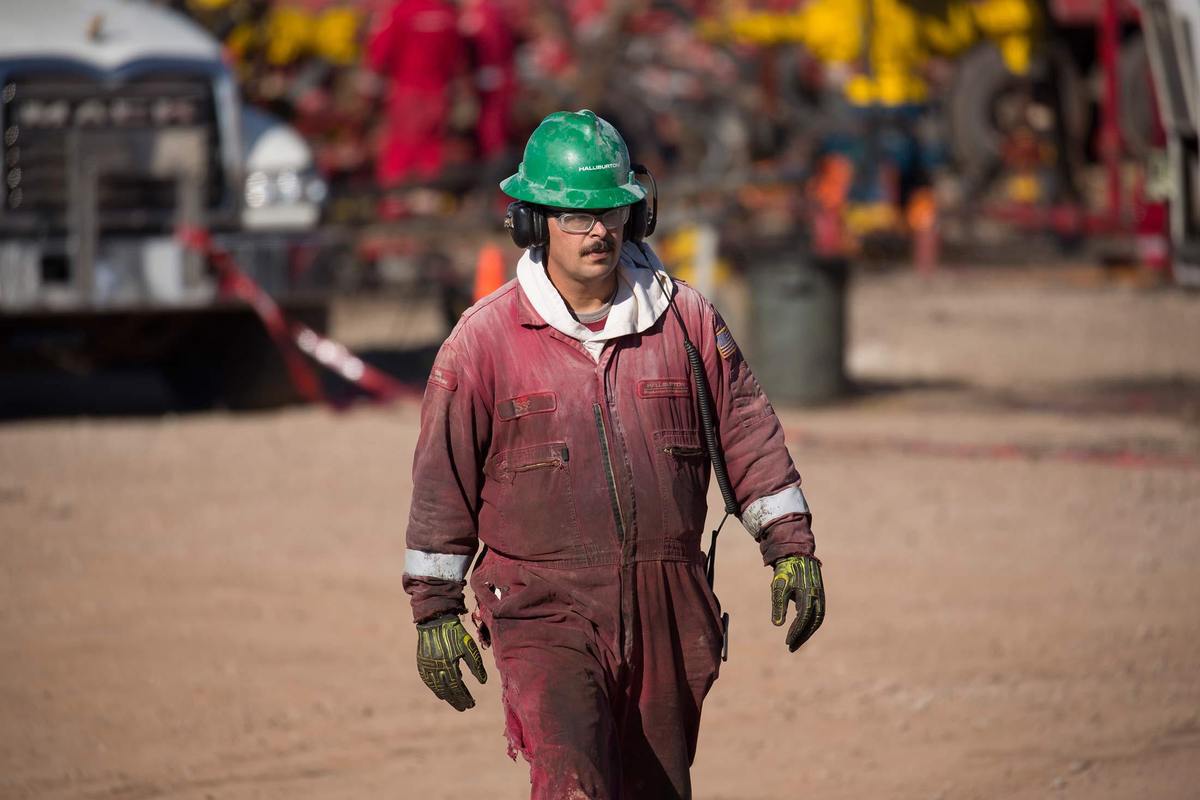US Shale Oil Production Costs Fell by 30% from Decade High
(EconomicCalendar.com) Costs associated with shale oil exploration and production decreased by a third in 2015 thanks to implementation of more effective technologies. Experts are certain that this could affect crude oil prices in the short term.
Costs beared by US shale producers shrunk by 25-30% last year in comparison to their decade high in 2012. This is attributed to the usage of advanced technology that improved the effectiveness of both well drilling and post-drilling well development, according to research conducted by the energy industry consultant IHS Global Inc. and commissioned by the Energy Information Administration (EIA).





